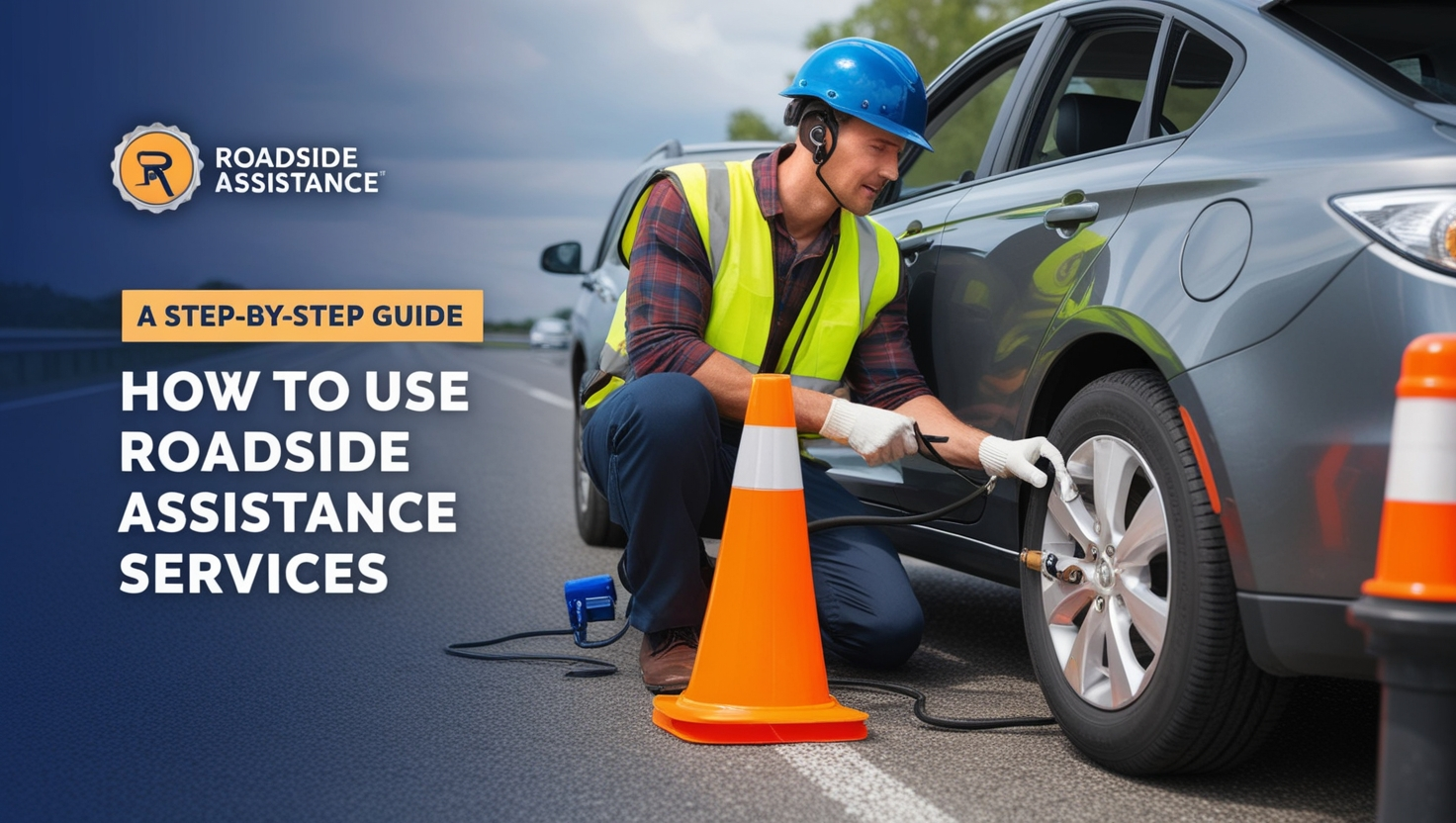Understanding the Importance of Roadside Assistance
Roadside emergencies can strike anytime, leaving drivers feeling vulnerable and stressed. Whether it’s a flat tire on a busy highway or a dead battery in an empty parking lot, having access to roadside assistance can be a game changer. These services provide peace of mind by ensuring help is available when you need it most, allowing you to focus on getting back on the road safely and quickly.
Consider the various scenarios where roadside assistance could save the day. Picture driving through a rural area with limited cell service; a breakdown here isn’t just inconvenient, it can be unsettling or even dangerous. With a solid roadside assistance plan, there’s a lifeline connecting you to help. You are assured that trained professionals are en route and equipped to handle the situation. This immediate access to assistance reduces the downtime spent stranded and contributes significantly to your overall safety.
How to Use Roadside Assistance Services
Utilizing roadside assistance effectively begins with understanding your plan. Keep the contact number and membership details easily accessible in your car and phone. In an emergency, call the service provider, describe your location and the nature of your problem, then listen and follow any instructions. Having a clear understanding of your surroundings and remaining calm can expedite the process, allowing roadside assistance teams to arrive swiftly and work efficiently to address your needs.
In addition to knowing the basic details, familiarize yourself with the scope of services your plan offers. Before an emergency arises, take the time to read through the coverage documentation and note any exclusions or limitations. This prep work allows you to navigate an emergency scenario more deftly. Moreover, during the call, providing exact details such as highway markers, nearest exits, or known landmarks can be crucial. This precise information helps the service provider determine your exact location and dispatch help faster.
Preparing for Roadside Assistance
Preparation is key to making the most of roadside assistance services. Begin by ensuring your vehicle is in good working condition with routine checks, such as examining tire pressure, oil levels, and battery health. Compile a small emergency kit, including items like a flashlight, blanket, bottled water, and a basic first aid kit. These preparations can make waiting for assistance more comfortable and secure.
Creating a comprehensive vehicle check routine goes beyond preventative maintenance; it’s about building awareness of your vehicle’s condition to minimize surprises on the road. Regularly scheduled inspections can prevent most mechanical issues, while an emergency kit ensures you’re not caught completely off-guard. For instance, extra blankets and water can significantly improve comfort and safety while waiting for assistance in severe weather conditions. These efforts support a proactive approach, ensuring you’re always ahead when the unexpected occurs.
Common Services Offered
Roadside assistance plans offer various services to tackle the most common roadside issues. These typically include tire repair or replacement, battery jump-starts, towing, and lockout services. Additionally, some plans offer fuel delivery when you run out of gas or assistance with minor mechanical repairs. Understanding what services are available through your provider can help set realistic expectations and enhance communication when you need help.
When evaluating the service offerings, consider how each aspect addresses the challenges a driver might encounter. For instance, returning to a car after a long workday only to realize you’ve locked your keys inside no longer spells disaster if lockout services are part of your plan. Furthermore, by knowing the full extent of services such as towing specifications, whether local or long distance, you can remain calm even in situations requiring your car to be taken to a repair facility. Knowing that you won’t face extra charges due to unexpected service needs instills confidence and reduces anxiety in these scenarios.
Choosing the Right Plan
You should select the right roadside assistance plan that involves assessing your needs and driving habits. Consider factors such as the distance you typically travel, the age and reliability of your vehicle, and any additional services you might require, like travel discounts or concierge services. Research various providers and compare the coverage options and cost to find the plan that best suits your lifestyle and budget.
This decision-making process is crucial because not all roadside assistance plans are created equal. Think of your driving history: if frequent long-distance trips are the norm, ensure that long-distance towing is included in your plan. More exhaustive plans offering extensive services might prove advantageous for older vehicles more prone to mechanical failure. It’s about matching your lifestyle to the service coverage, optimizing your investment in peace of mind while on the road. By considering these factors, you ensure that the chosen plan complements rather than complicates your driving experience.
Tips for Roadside Safety
Even with professional help on the way, I want you to know that you’re safe while waiting for roadside assistance. Always move your vehicle to a safe spot, such as the shoulder of the road or a nearby parking area. Turn on your hazard lights to increase visibility to approaching drivers, and exit the vehicle from the non-traffic side. If it’s safe, stay inside your vehicle until help arrives, especially in high-traffic areas or inclement weather.
Your immediate safety should always be at the forefront of any roadside emergency. Taking refuge inside your vehicle in busy highway scenarios could be the safest option. This not only shields you from traffic but also from environmental factors like rain or snow. However, if you’re in the vehicle, you can safely distance yourself to an area away from traffic flow. Maintaining control over your environment by making clear and informed decisions helps protect you in tense moments. These strategies reinforce a solid approach to safety, providing an extra layer of protection as you await assistance.
Read more on KINE MAIN THE WOODS
